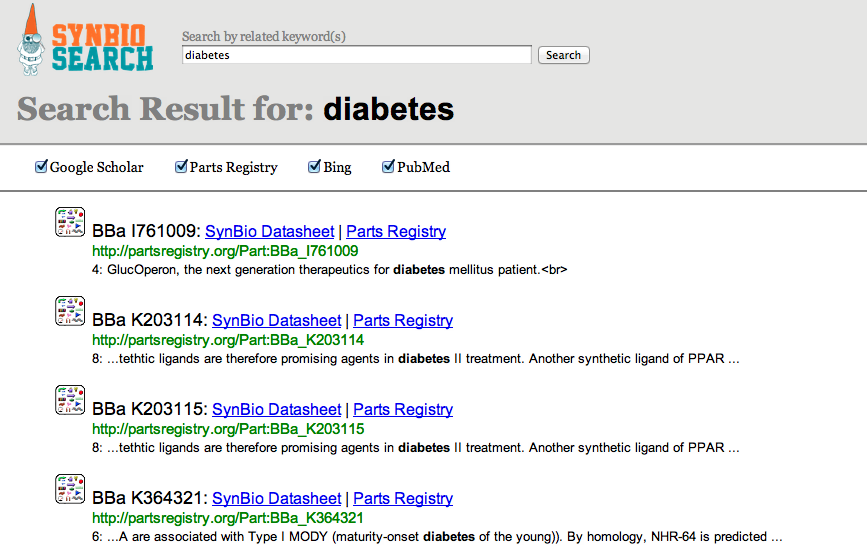Team:Wellesley HCI
From 2012.igem.org
(Difference between revisions)
| Line 161: | Line 161: | ||
<a href="https://2012.igem.org/Team:Wellesley_HCI/SynBio_Search"><div class="projectBar"> | <a href="https://2012.igem.org/Team:Wellesley_HCI/SynBio_Search"><div class="projectBar"> | ||
<div><div class="projectAbout"> | <div><div class="projectAbout"> | ||
| - | + | A synthetic-biology search engine that aggregates biological -data from multiple databases to enhance the research process. | |
</div></div> | </div></div> | ||
<div class="projectName"> | <div class="projectName"> | ||
| Line 172: | Line 172: | ||
<a href="https://2012.igem.org/Team:Wellesley_HCI/MoClo_Planner"><div class="projectBar"> | <a href="https://2012.igem.org/Team:Wellesley_HCI/MoClo_Planner"><div class="projectBar"> | ||
<div class="projectAbout"> | <div class="projectAbout"> | ||
| - | A collaborative | + | A multi-touch large-scale interface for collaborative design and construction of complex biological constructs. |
</div> | </div> | ||
<div class="projectName"> | <div class="projectName"> | ||
| Line 182: | Line 182: | ||
</div> | </div> | ||
<div class="project" style="margin-right:0px"> | <div class="project" style="margin-right:0px"> | ||
| - | <a href="https://2012.igem.org/Team:Wellesley_HCI/ | + | <a href="https://2012.igem.org/Team:Wellesley_HCI/SynFlo"><div class="projectBar"> |
<div class="projectAbout"> | <div class="projectAbout"> | ||
| - | An interactive installation that | + | An interactive installation that illustrates core concepts of synthetic biology through playful tangible interaction. |
</div> | </div> | ||
<div class="projectName"> | <div class="projectName"> | ||
Revision as of 14:04, 3 October 2012


Welcome!
Synthetic biology will require a multidisciplinary, collaborative design environment in order to engineer the complex biological systems of the future. Our team will create a collection of software tools which address specific technical synthetic biology challenges while simultaneously advancing the way in which users interact with computing environments. Our software will support the scientific workflow process by supporting each step: research, brainstorming, building, test, troubleshooting, iteration, and analysis. The combination of human computer interaction, bio-design automation, and experimental design makes our effort unique in the iGEM experience and closes the loop on the design-build-test methodology.




 "
"





